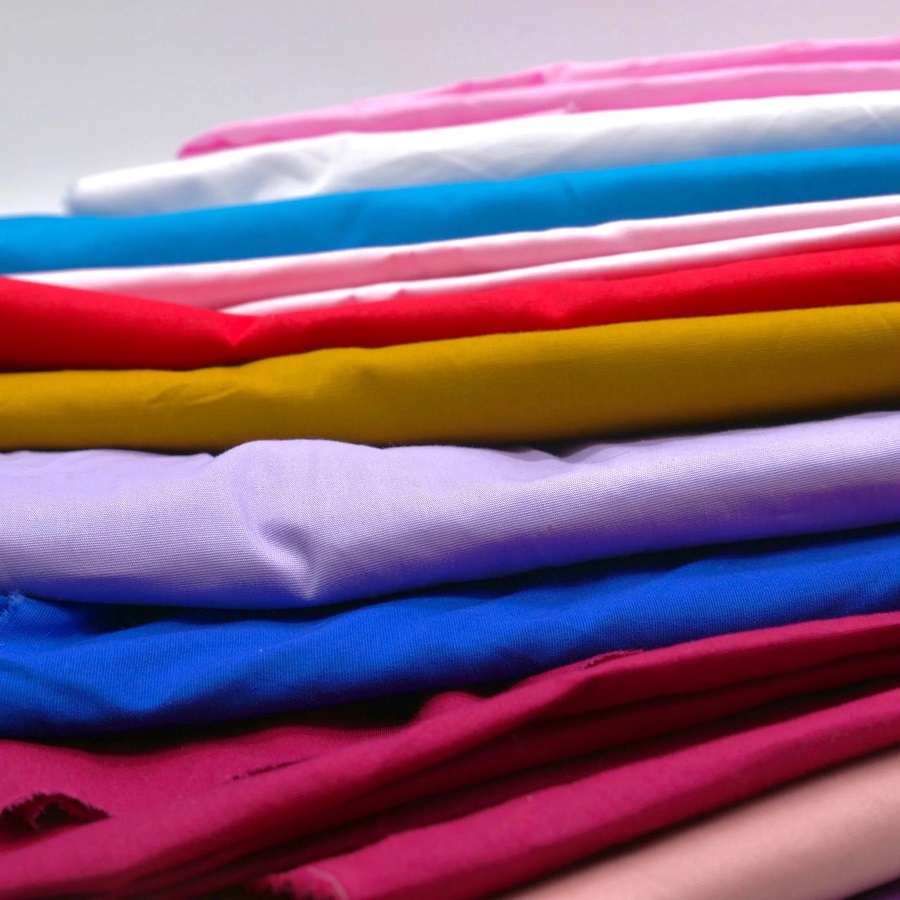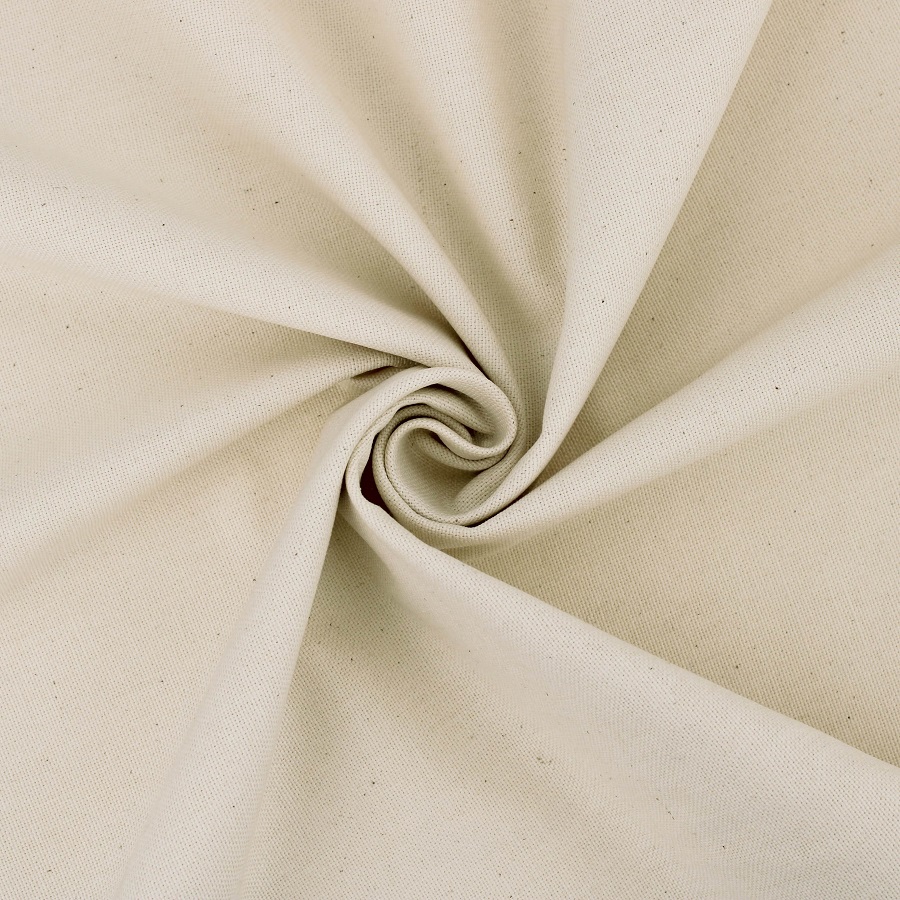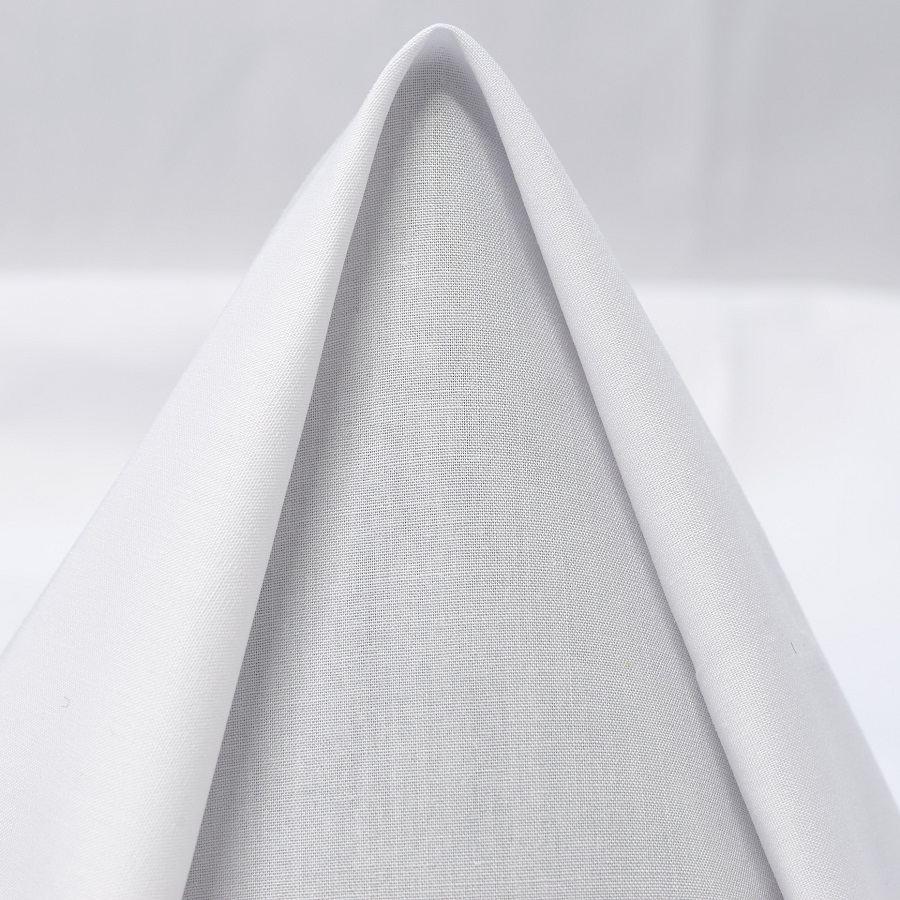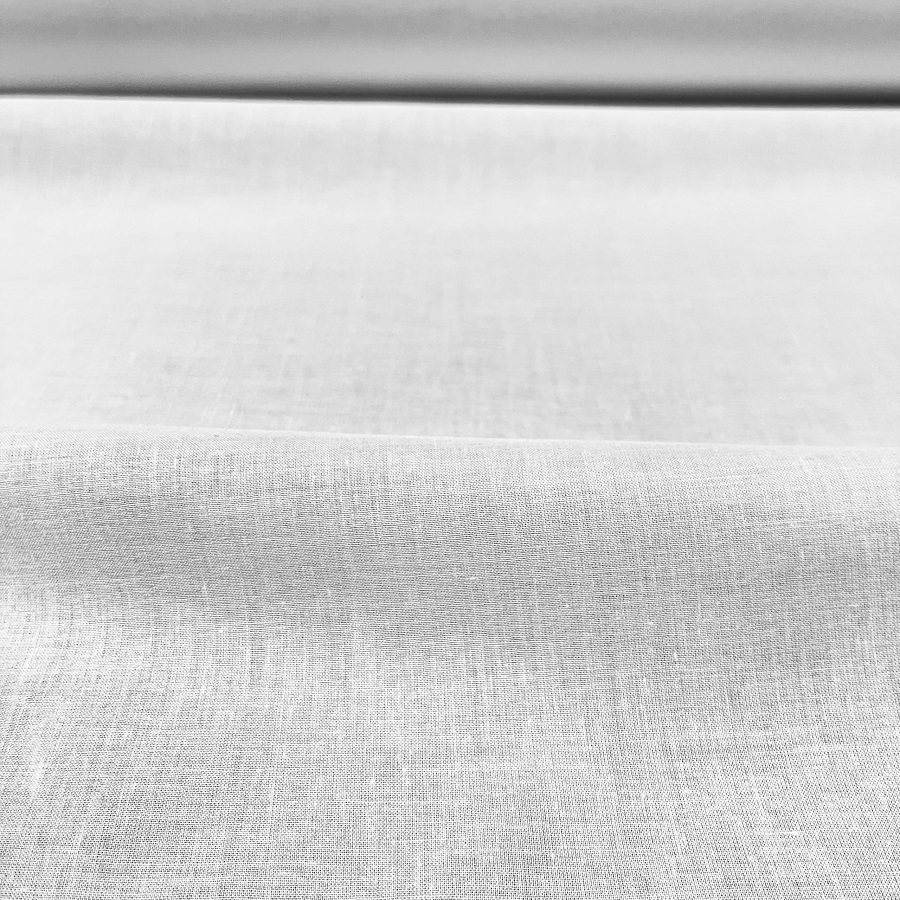Introduction to Lightweight Cotton Fabric
Lightweight cotton fabric is a go-to material for comfort and style. It’s a popular choice for many because it combines ease of wear with simplicity in care. This type of cotton is thin and breathable, making it perfect for warm weather or layering in variable climates. When we talk about lightweight cotton, we refer to a variety of cotton materials designed to be light on the skin and easy to maintain.
Cotton, as a natural fiber, is known for its versatility and durability. This makes lightweight cotton fabric adapt to various fashion needs and lifestyles. People love it because it feels soft against the skin, a quality that does not diminish over time or with washes. As a fabric, it allows the skin to breathe, reducing the likelihood of discomfort or skin irritations.
Choosing lightweight cotton fabric is not just about comfort; it’s also about embracing a timeless style that can be casual or refined. This fabric can be found in countless wardrobe staples, from crisp summer dresses to airy button-up shirts. For those who prioritize both their looks and feeling good, lightweight cotton fabric offers the perfect combination.

Types of Lightweight Cotton Materials
When exploring the myriad types of lightweight cotton fabrics, it’s important to understand their distinct characteristics. Here are some common variations:
- Voile – A sheer, soft fabric often used for blouses and dresses. Its fine weave provides a silky touch.
- Lawn Cotton – Known for its semi-transparent look, this fabric feels cool and smooth, ideal for summer attire.
- Batiste – Very similar to lawn cotton, but slightly lighter. It offers a delicate feel perfect for infant clothing and undergarments.
- Gauze – A loosely woven fabric that’s breathable and often used for casual wear and baby clothes.
- Muslin – It’s a plain-weave, light to medium weight cotton known for its versatility.
- Poplin – Crisp and durable, this fabric has a smooth lustrous surface suited for shirts and dresses.
Choosing the correct type of lightweight cotton fabric can enhance the comfort and style of your garment. Whether it’s for a breezy summer dress or a comfortable casual shirt, these materials offer a range of textures and finishes to fit all fashion tastes. Integrating these fabrics into your wardrobe allows for a seamless blend of sophistication and ease.
Benefits of Choosing Lightweight Cotton
Opting for lightweight cotton fabric gets you much more than just a breathable material. It provides several benefits that cater to comfort, aesthetic preferences, and practicality. Let’s consider these advantages in detail:
- Breathability – Lightweight cotton allows your skin to breathe easily. This helps you stay cool and dry, even on hot days.
- Versatility – Whether it’s a casual lunch or a formal event, this fabric adapts to various occasions. It can be dressed up or down to suit your needs.
- Ease of Care – Cotton is known for being low maintenance. Lightweight cotton makes laundry a breeze, as it cleans easily and dries quickly.
- Durability – Despite its thinness, lightweight cotton remains strong and can withstand multiple washes without losing its shape or feel.
- Softness – The gentle touch of this fabric is kind to the skin. It feels comfortable throughout the day, making it ideal for everyday wear.
- Hypoallergenic Qualities – Lightweight cotton is less likely to cause allergies or skin irritation, compared to synthetic fabrics.
- Heat Conduction – The fabric dissipates heat efficiently. It helps in regulating body temperature by conducting away excess warmth.
When you choose lightweight cotton fabric, you’re investing in a material that guarantees a great return on comfort and practicality. Its natural, gentle, and airy features make it the ultimate choice for a relaxed yet elegant wardrobe. Embrace the benefits and give your clothing the lightweight touch it deserves.

Popular Uses for Lightweight Cotton Fabric
Lightweight cotton fabric is versatile and prevalent in everyday fashion. Below are some popular uses for this material:
- Summer Dresses – The breathability of lightweight cotton makes it a favorite for airy summer dresses.
- Casual Shirts – Perfect for t-shirts and casual button-ups, it provides comfort and a relaxed look.
- Children’s Wear – Its softness and hypoallergenic properties make it safe and cozy for kids’ clothing.
- Bedding – Lightweight cotton sheets offer a cool and comfortable sleep, especially in warmer months.
- Undergarments – The fabric’s gentle touch is ideal for undergarments that sit close to the skin.
- Curtains – It’s also used in home décor, such as for light and breezy window treatments.
These uses showcase the adaptability of lightweight cotton fabric in various aspects of life. Whether it’s fashion or home décor, this fabric maintains comfort without sacrificing style.
Caring for Lightweight Cotton Garments
Lightweight cotton fabric, with its easy-care features, demands specific attention to maintain its distinctive qualities. Caring for these garments can ensure they stay fresh, retain their shape, and continue to feel comfortable against your skin. Here are some essential tips to consider:
- Washing Instructions – Check the label for specific care instructions. Generally, wash lightweight cotton in cool or warm water with a gentle detergent. Hot water may cause shrinkage.
- Drying Techniques – Air-dry cotton garments when possible to maintain their lightweight feel. If using a dryer, use a lower heat setting.
- Ironing Tips – Use a warm iron if needed. Iron while the fabric is slightly damp to make it easier and prevent overheating the fibers.
- Storage Solutions – Store cotton clothes in a cool, dry place. Avoid storing in plastic bags which may trap moisture and lead to mildew.
- Stain Removal – Treat stains as soon as possible. Use stain removers that are safe for cotton before washing.
- Avoid Bleach – Chlorine bleach can weaken cotton fibers over time. Opt for color-safe bleach if whitening is necessary.
- Mending Minor Damages – Repair small tears or loose threads promptly to prevent further damage.
By following these caring practices, you can extend the life of your lightweight cotton garments and enjoy their comfort and style for longer. Care for your cotton well, and it will care for you in return.
Fashion Trends Featuring Lightweight Cotton
Lightweight cotton fabric is a staple in the fashion industry due to its versatility and comfort. It’s a favored choice for designers and consumers alike, particularly in seasons or climates that demand breathable, relaxed clothing. Here’s how lightweight cotton is making waves in current fashion trends:
- Minimalist Chic – Simple cuts and monochromatic color schemes highlight the fabric’s quality without overwhelming details.
- Boho Revival – Lightweight cotton lends itself to the flowy, free-spirited designs characteristic of Bohemian style.
- Athleisure Comfort – Cotton’s breathability is perfect for the relaxed yet stylish athleisure trend.
- Layered Looks – Thanks to its thin texture, lightweight cotton layers well for transitional outfitting without adding bulk.
- Eco-conscious Fashion – As a natural fabric, cotton is increasingly popular in sustainable fashion lines.
- Vintage Reimagined – Retro styles are updated using lightweight cotton for modern comfort with a nostalgic twist.
- Prints and Patterns – The fabric’s versatility makes it ideal for experimenting with bold prints and patterns, staying fresh each season.
Lightweight cotton’s adaptability ensures it remains at the forefront of fashion, appealing to a wide range of tastes and styles. Blend comfort with the latest designs by choosing lightweight cotton fabric for your wardrobe. It’s the perfect canvas to showcase personal style while ensuring ease and functionality.
Selecting the Right Cotton Fabric for Your Project
Choosing the right cotton fabric is key to the success of your project. It’s about matching the fabric’s properties to the needs of your garment or item. Here are steps to guide you in selecting lightweight cotton fabric:
- Consider the End Use – Think about how the finished item will be used. Will it be a summer dress or a casual shirt? Different uses require different types of lightweight cotton.
- Check the Fabric Weave – The type of weave affects the texture and appearance. Voile or lawn cotton are great for delicate items, while poplin is ideal for a crisp look.
- Examine the Weight – Lightweight cotton comes in various weights. A lighter batiste is perfect for undergarments, while a slightly heavier muslin might be better for bedding.
- Understand the Care Needs – Some cotton fabrics may require special care. Be sure that you can maintain the fabric as needed.
- Test the Fabric Drape – Hold the fabric up to see how it falls. This will help you gauge if it’s right for the silhouette you’re aiming for.
- Feel the Texture – Your skin will be in contact with the fabric. Choose a texture that feels good and meets comfort needs.
- Look for Colorfastness – Make sure that the color won’t bleed or fade quickly. This ensures your project stays looking fresh over time.
- Factor in Cost – Lightweight cotton fabrics come in a range of prices. Balance your budget with the quality you aim for.
- Think About Seasonality – Some lightweight cottons are more suited to certain seasons. Choose a fabric that aligns with when the item will be worn.
- Assess Environmental Impact – If sustainability is important to you, look for cotton fabrics produced with eco-friendly methods.

The Environmental Impact of Cotton Fabric Production
The production of lightweight cotton fabric has notable environmental effects. Cotton farming uses a substantial amount of water. This can strain water resources, especially in dry areas. Pesticides and fertilizers in traditional cotton farming can harm the ecosystem. They pollute the soil and water, harming plant and animal life. Conservation methods exist. These include reduced water usage, organic farming without harmful chemicals, and integrated pest management. Organic cotton is gaining popularity for its lower impact. It avoids synthetic pesticides and fertilizers, reducing environmental damage. Sustainable cotton initiatives are also on the rise. Programs like the Better Cotton Initiative promote better standards in cotton farming. These methods seek to improve the environmental footprint of cotton production. When choosing lightweight cotton fabric, consider options with a lower environmental impact. Seek out certified organic cotton or brands that support sustainable cotton farming practices. Your choice can support the health of the planet while still enjoying the comfort and style of lightweight cotton.
